How to Use Your Logo in Marketing: A Complete Guide for Success
Learn how to use your logo in marketing to enhance brand recognition, trust, and consistency. Effective logo placement and usage strategies for all platforms.
Learn how to use your logo in marketing to enhance brand recognition, trust, and consistency. Effective logo placement and usage strategies for all platforms.
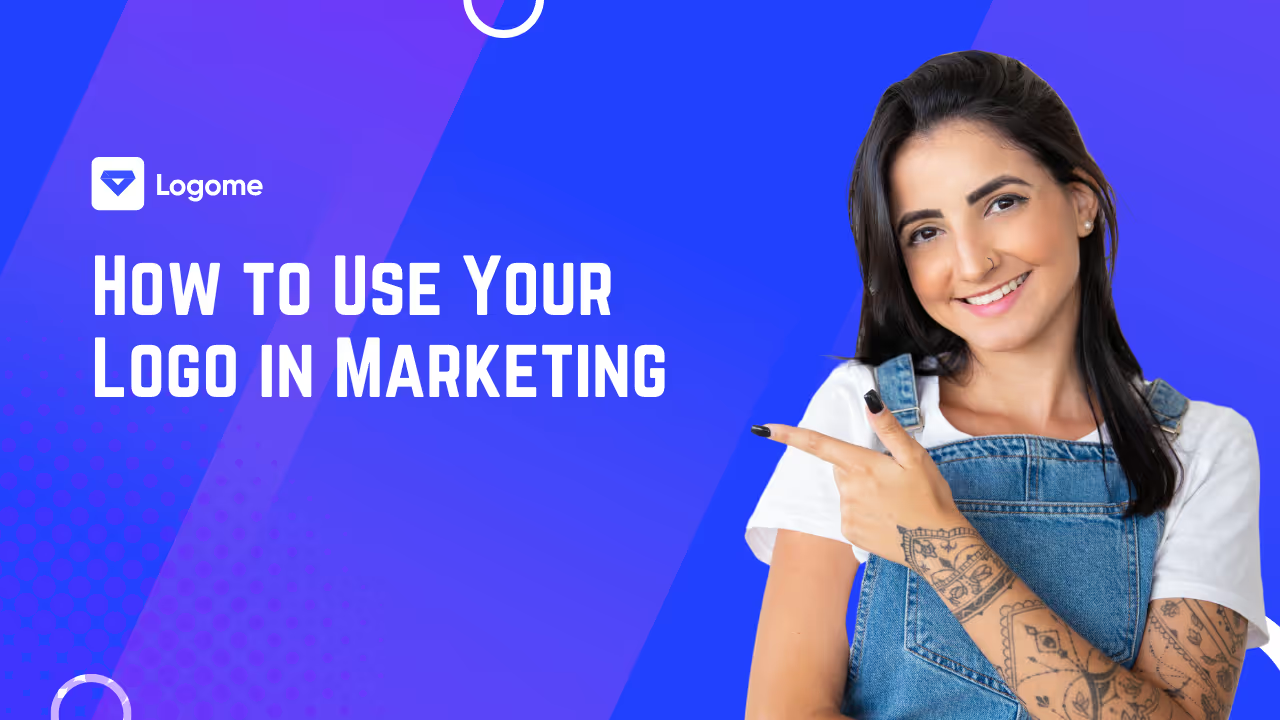
Your logo is the face of your brand. It's the first thing customers notice, and it plays a key role in creating a memorable, lasting impression. But it’s not enough to simply have a good logo. To truly benefit from your logo, you must integrate it strategically into your marketing efforts. Whether it’s online or offline, the way you use your logo can make or break your branding.
In this guide, we’ll explore various ways to use your logo in marketing, from consistent placement to creating impactful promotional materials. We’ll also provide actionable tips to enhance your brand visibility and strengthen customer loyalty.
So, let’s dive into the practical steps to effectively use your logo in marketing, ensuring it becomes a powerful tool in building your brand’s identity.
Your logo is a visual representation of your brand and plays a critical role in shaping your business’s identity. It’s the first thing people notice and the lasting image that stays with them long after they've interacted with your brand. Consistent and strategic use of your logo across marketing channels is not just a branding tactic—it’s an essential element of building a successful business.
A well-placed logo creates instant recognition. It’s the face of your company, often the first point of contact for potential customers, and it helps establish a sense of familiarity. When your logo is visible across various touchpoints—whether it's your website, social media profiles, promotional materials, or advertisements—it reinforces your brand’s identity and builds trust.
The more consistently your logo is presented, the more customers will connect it to your values, mission, and product quality. Think about how brands like Nike or Apple use their logos: they're instantly recognizable, no matter where you see them. This consistency in logo use helps create a unified brand experience that customers can trust.
Incorporating your logo into marketing efforts also gives your business credibility. It signals professionalism, making your brand appear established and reliable. Customers are more likely to engage with a brand that maintains visual consistency, and in turn, this can increase loyalty and drive conversions.
Ultimately, using your logo strategically across marketing channels is a powerful tool to help your business stand out, form lasting connections with customers, and drive long-term success.
Your logo is a key visual element of your brand, and how you use it across various marketing channels plays a critical role in building brand recognition and trust. Whether it's through consistent placement, logo variations, or strategic use in promotional materials, each application of your logo strengthens its impact. In this section, we'll explore several effective strategies to ensure your logo is used consistently and effectively to maximize its reach and influence in your marketing efforts.
Consistency is key when it comes to brand recognition. Imagine seeing a brand’s logo in different places, but each time it looks different – the colors are off, the proportions are wrong, or it’s positioned poorly. This can confuse customers and weaken brand identity.
The best practice for logo usage is to keep it consistent across all platforms. Whether it's on your website, social media pages, business cards, or email signatures, using the same version of your logo ensures brand consistency. This builds trust with your audience and helps them recognize your brand at a glance.
Did you know that 60% of consumers avoid brands that are inconsistent across channels? This shows how vital it is to maintain a consistent logo across your marketing touchpoints
For example, when you use your logo on social media, make sure it’s sized correctly to fit within profile picture frames. Similarly, on your website, ensure it’s prominent enough to be noticed but doesn’t overshadow other elements.
Not all marketing materials are the same. For example, your logo might need to look different on social media than on print materials.
For instance, you may have a horizontal logo for website headers and a square or vertical version for social media profiles. These variations ensure your logo remains legible and appropriately scaled no matter where it’s displayed.
Your primary logo may have color elements, but you might also need a black-and-white or transparent version for some instances (like when it’s on top of a busy background). You should have a set of logo variations that work in different contexts to maintain brand recognition.
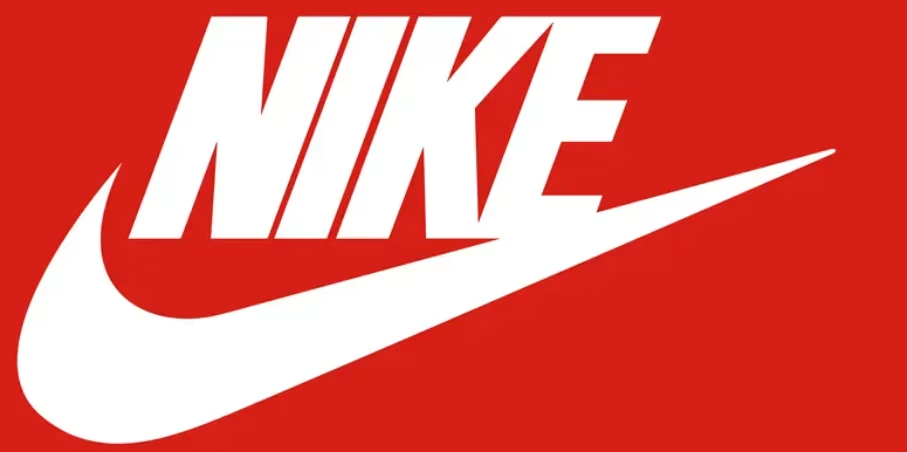
For example Many top brands, like Nike, use a consistent logo design but adapt it to fit the medium. On social media, they often use their iconic "swoosh" as a standalone logo for better visibility in small spaces, while their full logo appears on their website or ads.
Promotional materials are a fantastic opportunity to get your logo in front of new customers. Business cards, brochures, flyers, posters, and even merchandise like t-shirts or mugs—these all benefit from the strategic placement of your logo.
Including your logo on your promotional materials doesn’t just make them look professional; it ensures that your brand stays in the minds of potential customers long after they’ve received your material.
For example, if you're sending out postcards for a sale, include your logo prominently to remind recipients of your brand and make the promotion feel personal.
Watermarking your images or videos with your logo helps protect your content while ensuring your brand is always associated with it. This is particularly useful if your content is shared or repurposed across other platforms.
Watermarking increases the chances that, even if someone shares your content, the original source (you) is always credited. This also enhances brand visibility.

For example, National Geographic and other major media outlets regularly watermark their photos to ensure the brand’s logo appears whenever their images are shared online.
If you’re a content creator or running an e-commerce store, using your logo as a watermark on product photos or videos can also prevent unauthorized use, keeping your branding intact.
Email marketing is one of the most effective ways to engage with your audience. Including your logo in your email campaigns, whether it’s in the header, footer, or signature, reinforces your brand’s identity.

Using your logo in emails also adds a professional touch. For example, Shopify uses their logo in all their email communications, reinforcing their brand and ensuring consistency.
A critical part of using your logo in marketing is ensuring consistency in how it’s used. Developing brand guidelines that detail logo usage rules is essential. This should include information on:
Having these guidelines ensures that no matter who is using your logo (whether it's your marketing team or an external designer), they’ll follow the same set of standards.
Paid ads, both online and offline, are another vital area to display your logo. Whether you're running Google ads, Facebook ads, or print advertisements, your logo should be visible. Partnering with a professional Video Production Company New York can ensure your ads not only highlight your logo but also tell a compelling brand story that resonates with audiences.
In online ads, logos typically appear in the corner of the ad or as part of the ad’s banner. For print ads, ensure your logo is placed in a way that draws attention without overshadowing the ad’s message.
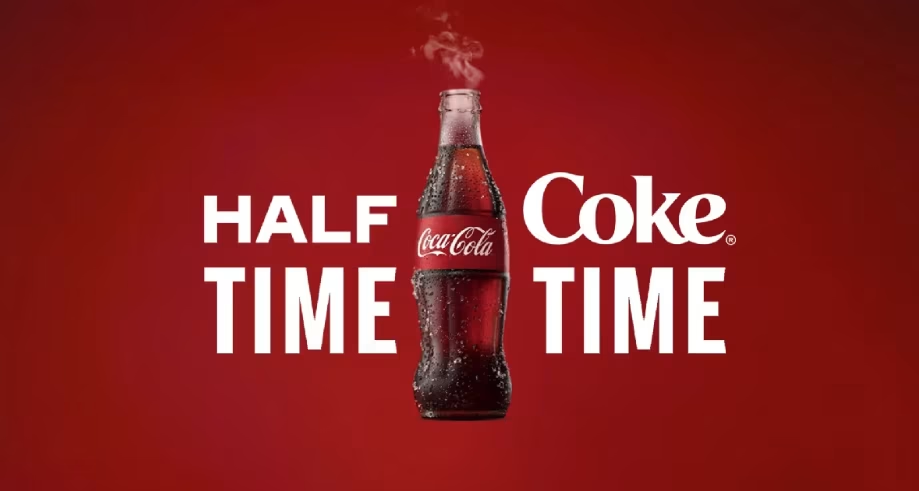
For example, Coca-Cola does an excellent job of using its logo in advertisements. Whether in TV commercials, digital banners, or print media, their logo is always front and center, ensuring that no matter where people see the ad, they know exactly which brand it’s from.
Packaging is an often-overlooked touchpoint for logo use in marketing. If you’re selling physical products, your logo should appear on the packaging. This is an opportunity to showcase your brand’s personality and make a lasting impression on your customers.
When a customer receives your product, it should feel like an experience, and your logo on the packaging helps reinforce your brand’s identity.
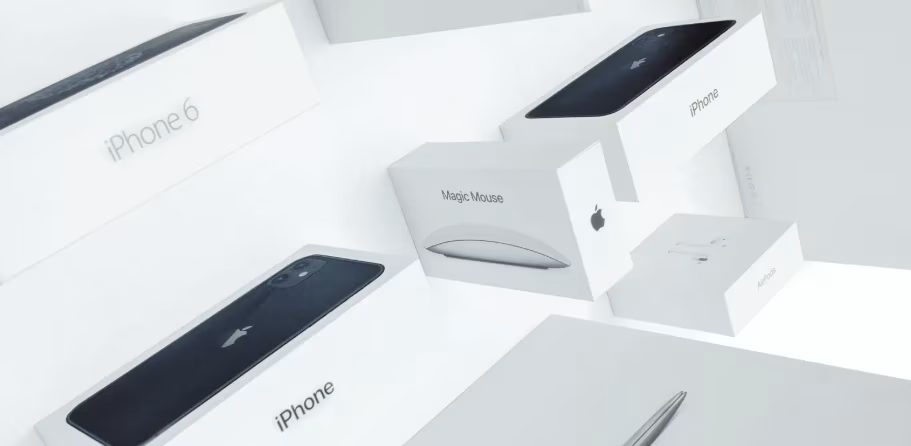
For example, Apple is known for its minimalistic yet elegant packaging that prominently features its logo, ensuring a premium unboxing experience.
Social media is one of the most powerful marketing platforms today, and your logo should be featured regularly. Whether it's in your profile picture, banner, or within your content, your logo reinforces your brand identity.
Additionally, logos should be incorporated in stories, posts, and even promotional videos. You can use your logo as an overlay on video content or include it in your captions and hashtags.
80% of consumers say they’re more likely to trust a brand with a recognizable logo. Regularly showcasing your logo on social media helps increase brand loyalty and visibility.
One of the most powerful aspects of marketing is the ability to create a memorable and recognizable brand. And consistency plays a huge role in that process. When you use your logo consistently across all your marketing channels, it ensures that your audience always sees a unified, professional brand image. This consistent representation builds familiarity and trust over time, making it easier for customers to recognize your brand when they encounter it again.
Think of some of the world’s most iconic brands—Coca-Cola, McDonald's, and Amazon. The reason their logos are so recognizable is that they’ve been used consistently in every ad, product, and interaction they have with customers. Over time, these brands have become synonymous with reliability, quality, and even emotional connections. Customers feel comfortable and secure with them because they can count on seeing the same logo, message, and experience, no matter where they engage with the brand.
For your business, applying this same principle means placing your logo in every aspect of your marketing: your website, social media profiles, business cards, ads, and more. This repetition reinforces your brand’s presence and makes it easy for customers to identify your business at a glance. It’s also important for making a lasting impression—customers are more likely to trust a brand they recognize, and consistency in logo use is a major factor in fostering that trust.
When your logo is used consistently across all touchpoints, it becomes an integral part of your brand’s story. It creates a visual connection between what customers see and the values your business represents. This level of consistency helps strengthen customer loyalty, enhances brand recall, and ensures your business stands out in a competitive marketplace. Ultimately, a consistent logo is not just about aesthetics—it’s a strategic tool that drives recognition, builds trust, and supports long-term brand success.
Using your logo strategically in marketing efforts helps create a cohesive brand identity, strengthens recognition, and builds trust with your audience. Whether it’s through consistent logo placement, watermarking images, or incorporating it into promotional materials, every touchpoint should reflect your brand’s personality.
If you’re still in the process of designing your logo, tools like Logome can help you create the perfect logo that aligns with your business values and resonates with your audience. A great logo isn’t just a design; it’s a valuable asset that, when used effectively, drives brand success.
Consistent logo usage across all marketing channels helps build brand recognition, establish trust, and create a cohesive brand identity. It ensures that your audience can easily recognize and connect with your brand, regardless of where they encounter it.
To ensure your logo looks great everywhere, create multiple versions (e.g., horizontal, vertical, black and white, transparent) that are tailored for different platforms, such as social media profiles, websites, print materials, and email campaigns. Consistency in color, size, and spacing is key.
Yes! Using your logo as a watermark on images or videos helps protect your content while ensuring your brand is always associated with it. It's especially useful for preventing unauthorized use and increasing brand visibility when content is shared.
Place your logo in the header or footer of your emails to immediately establish your brand presence. It’s also helpful to add your logo next to your contact details in the signature to increase recognition and maintain a professional look.
Yes, it’s important to create logo variations for different uses. For example, a square version works best for social media profiles, while a horizontal version may be better suited for website headers. Tailor your logo’s format to fit the specific requirements of each platform for optimal impact.

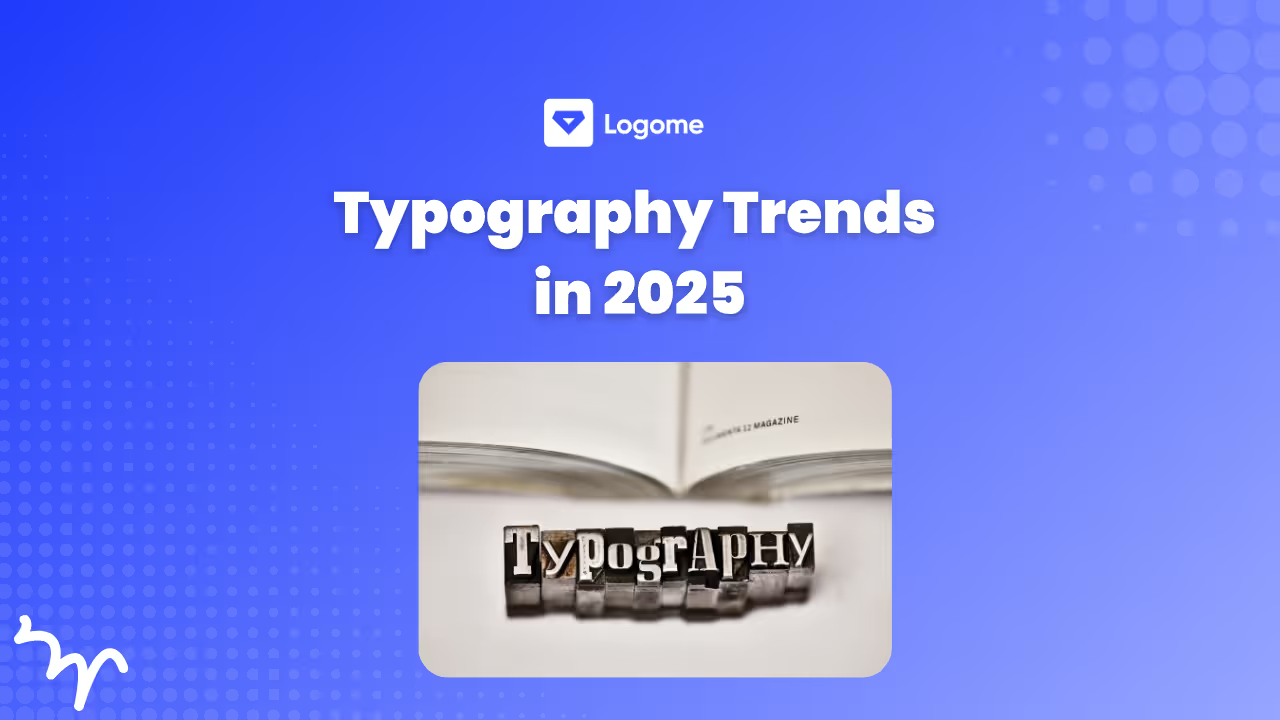

Discover how 500,000+ businesses and creators are using our AI logo maker in their Logo creation.



